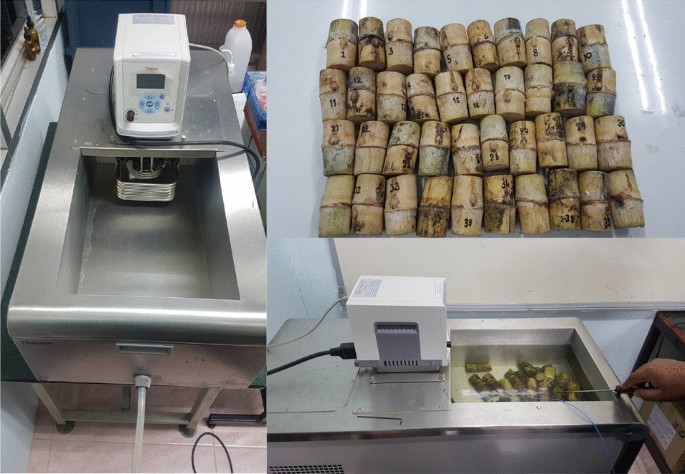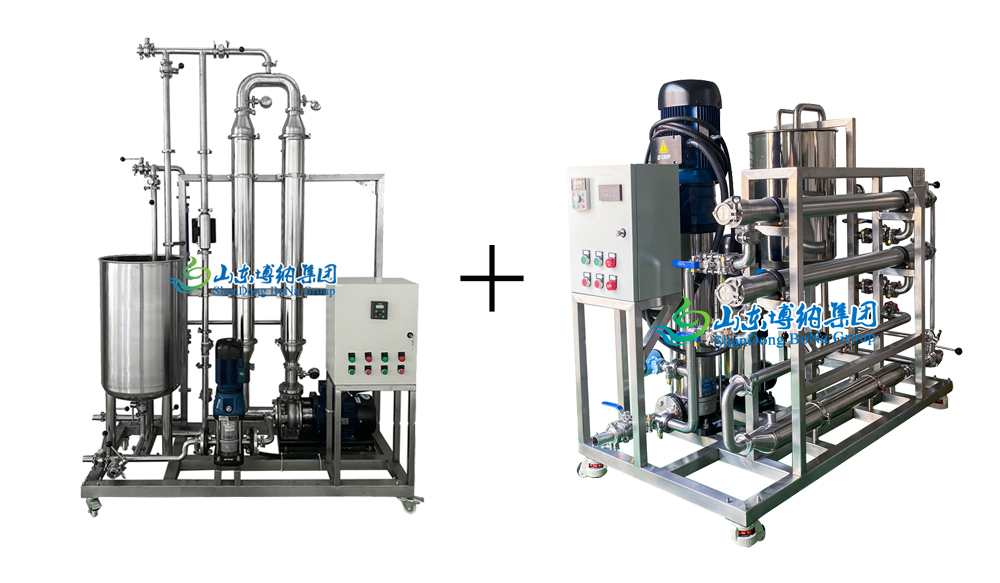The Science Behind Biodegradable Products From Sugarcane
The Science Behind Biodegradable Products From Sugarcane
Blog Article
Opening the Possible of Products From Sugarcane: a Comprehensive Guide
The capacity of sugarcane extends much past its traditional usage for sugar production. This guide checks out the complex applications of sugarcane, from power and biodegradable materials to health items. By analyzing its trip from area to manufacturing facility, it exposes exactly how lasting techniques can transform waste right into important resources. As industries look for eco-friendly solutions, the inquiry continues to be: just how can these developments reshape our approach to farming and production?

The Journey of Sugarcane: From Field to Factory
Sugarcane goes through a remarkable change as it travels from lush fields to dynamic factories. In the areas, the high, eco-friendly stalks are harvested, typically by mechanical methods or hands-on labor. Once cut, the sugarcane is quickly carried to processing centers to ensure optimum freshness. At the manufacturing facility, the very first step entails squashing the walking cane to remove the pleasant juice, which includes sucrose. Products From Sugarcane. This juice is after that filteringed system and clarified, getting rid of pollutants. Following this, it goes through dissipation to focus the sugar material, resulting in formation. The resulting sugar crystals are separated from the continuing to be molasses with centrifugation. The sugar is dried out and packaged for circulation. Throughout this trip, preserving top quality and efficiency is vital, as the approaches employed directly influence the item's final high quality. This transformation not only highlights the agricultural relevance of sugarcane but also its considerable function in the international economic situation
Sugar and Its Derivatives: Greater Than Just Sweet taste
The makeover of sugarcane right into refined sugar unlocks to a broad variety of items and applications that expand past plain sweet taste. Sugar and its by-products, such as molasses, brownish sugar, and sugar, play critical roles in various industries, including food, drugs, and cosmetics. In the food market, these ingredients enhance tastes, improve structure, and function as preservatives.Molasses, a by-product of sugar manufacturing, is rich in minerals and vitamins, making it a valuable ingredient in health foods and animal feed. Glucose, a straightforward sugar originated from sugarcane, acts as a substantial energy resource in sports nutrition and is vital in the production of confectionery. Additionally, sugar derivatives are utilized in fermentation processes, adding to the manufacture of alcoholic beverages and other microbial items. In general, the versatility of sugar and its derivatives highlights their value past mere sweetness in day-to-day life.
Biofuels: Harnessing Energy From Sugarcane

A significant part of worldwide biofuel manufacturing now counts on sugarcane, recognized for its high energy yield and efficiency in transforming sunlight right into biomass. This tropical plant functions as a main source for ethanol, an eco-friendly fuel that can change gasoline in cars. Sugarcane's capability to produce more ethanol per hectare than various other feedstocks, such as corn, contributes to its boosting popularity among biofuel producers.The fermentation process of sugarcane juice or molasses creates ethanol, which can be blended with nonrenewable fuel sources to decrease greenhouse gas exhausts. Additionally, by making use of the residual bagasse from sugarcane handling, power can be generated with burning, additional boosting the sustainability of biofuel production. As nations look for to reduce environment modification influences, sugarcane biofuels use a promising remedy, bolstering power safety and security and advertising farming sustainability while supporting rural economic climates.
Naturally degradable Plastics: The Lasting Alternative
Exactly how can markets shift to even more sustainable techniques in the face of expanding plastic contamination? One encouraging solution lies in naturally degradable plastics stemmed from sugarcane. Unlike standard petroleum-based plastics, these bioplastics supply an eco-friendly choice that can considerably decrease ecological effect. Made from renewable sources, sugarcane-based plastics break down more swiftly in different problems, lessening land fill buildup and aquatic debris.The production of eco-friendly plastics not only addresses waste administration difficulties however also aligns with the increasing customer need for lasting items. Industries taking on these products can improve their brand image while contributing to a round economic climate. Furthermore, the modification to naturally degradable options urges technology and financial investment in brand-new innovations, promoting a greener industry landscape.As more firms identify the advantages of sugarcane-derived plastics, the possibility for extensive adoption rises, leading the way for an extra lasting future in packaging and product layout.
Pet Feed and Fertilizers: Making Use Of By-products
The byproducts of sugarcane processing hold substantial capacity for both pet nourishment and organic plant foods. These by-products can be incorporated into animal feed, providing essential nutrients while minimizing waste. Furthermore, they can function as reliable organic plant food choices, improving soil health and promoting sustainable farming techniques.
Results in Pet Nourishment
While sugarcane is primarily valued for its sucrose content, its byproducts play an essential function in pet nutrition, especially in the type of pet feed and fertilizers. The coarse residue referred to as bagasse, produced throughout the extraction of juice, works as a beneficial source of roughage for animals. This high-fiber product enhances digestion and advertises general health in ruminants. Furthermore, molasses, a result of sugar refining, is abundant in power and can be utilized to supplement pet diet plans, boosting palatability and dietary worth. Additionally, vinasse, a fluid byproduct from ethanol production, has vital nutrients and can be made use of as a feed additive. Overall, sugarcane byproducts contribute greatly to sustainable animal nutrition methods.
Organic Plant Food Options
Using sugarcane by-products extends beyond pet nourishment to include natural plant food choices that profit agricultural methods. The fibrous deposits, such as bagasse and filter cake, function as effective organic fertilizers, enhancing dirt wellness and boosting plant returns. These materials are abundant in nutrients, including nitrogen, potassium, and phosphorus, vital for plant development. When disintegrated, they boost dirt structure, water retention, and microbial activity, fostering a sustainable farming ecosystem. In addition, using sugarcane results for fertilization minimizes reliance on synthetic plant foods, promoting eco friendly farming methods. By recycling these results, farmers can contribute to a round economic climate while optimizing their performance view publisher site and lowering waste. This technique exhibits cutting-edge strategies in lasting farming, leveraging sugarcane's complete potential.
Wellness and Health: Nutritional Advantages of Sugarcane
Various studies highlight the dietary advantages of sugarcane, making it an important enhancement to a well balanced diet plan. Rich in important nutrients, sugarcane has considerable amounts of minerals, vitamins, and carbs, particularly vitamin Potassium, c, and calcium. These elements add to general health, sustaining immune function and bone strength.Moreover, sugarcane is an all-natural source of anti-oxidants, which help combat oxidative stress and swelling in the body. Its high fiber content aids in food digestion, promoting digestive tract health and protecting against constipation. Furthermore, sugarcane juice has been linked to hydration and power replenishment, making it an exceptional selection for athletes or those involving in exhausting activities.Furthermore, the glycemic index of sugarcane is relatively low, permitting for an extra gradual launch of energy, which might be useful for people managing blood glucose degrees. Generally, integrating sugarcane into one's diet can offer a revitalizing and nourishing choice for health-conscious individuals.
Technologies in Sugarcane Products: Future Trends and Opportunities
What developments exist in advance for sugarcane products as industries seek to improve sustainability and consumer appeal? The future of sugarcane products is positioned for considerable innovations, driven by the demand for environment-friendly options. Advancements in bio-based packaging, originated from sugarcane, are acquiring traction, providing a sustainable alternative to traditional plastics. Furthermore, the expedition of sugarcane's bioactive compounds is most likely to bring about new health supplements and functional foods, maximizing its all-natural benefits.Research into fermentation processes might generate novel biofuels, better branching out sugarcane's utility. The growth of genetically modified sugarcane selections guarantees increased yields and resistance to parasites, consequently supporting lasting farming practices. As customers become a lot more environmentally conscious, the assimilation of transparency in sourcing and manufacturing approaches will additionally play a vital duty fit the future of sugarcane products. Eventually, these advancements can redefine sugarcane's setting in worldwide markets.
Frequently Asked Questions
What Are the Ecological Impacts of Sugarcane Farming?
The ecological influences of sugarcane farming include logging, loss of biodiversity, dirt destruction, and water air pollution - Products From Sugarcane. In addition, too much chemical and fertilizer use can harm environments, while monoculture techniques might cause reduced durability versus environment adjustment
How Is Sugarcane Processed Into Different Products?
Sugarcane handling entails harvesting, squashing, and removing juice, which is then made clear and focused. The resulting syrup can be fermented for ethanol or taken shape for sugar, while fibers are made use of for bioenergy and various other items.

Are There Any Wellness Threats Related To Sugarcane Usage?
The concern of health and wellness risks connected with sugarcane intake highlights worries such as excessive sugar consumption, prospective allergies, and intestinal issues. Small amounts is necessary to alleviate these risks while appreciating its nutritional advantages.
What Are the Economic Benefits of Sugarcane Cultivation?
The financial benefits of sugarcane farming include work creation, raised farming productivity, and payments to local economic climates. In addition, it supports renewable try this out resource manufacturing and provides numerous by-products that can improve profitability within varied markets.
How Does Sugarcane Contrast to Various Other Renewable Resources?
Sugarcane, as a renewable energy, shows higher efficiency in biomass manufacturing compared to numerous options. Its convenience enables for various by-products, adding notably to lasting techniques, financial development, and reducing reliance on nonrenewable fuel sources. Glucose, a basic sugar acquired from sugarcane, offers as a substantial power resource in sporting activities nourishment from this source and is important in the production of confectionery. Sugarcane's capacity to produce more ethanol per hectare than other feedstocks, such as corn, adds to its increasing popularity among biofuel producers.The fermentation process of sugarcane juice or molasses creates ethanol, which can be blended with fossil fuels to minimize greenhouse gas exhausts. In addition, sugarcane juice has been linked to hydration and energy replenishment, making it an excellent choice for athletes or those engaging in laborious activities.Furthermore, the glycemic index of sugarcane is reasonably reduced, permitting for an extra progressive release of energy, which might be useful for people handling blood sugar degrees. In enhancement, the exploration of sugarcane's bioactive compounds is likely to lead to new health and wellness supplements and useful foods, exploiting on its all-natural benefits.Research right into fermentation procedures may generate novel biofuels, additionally branching out sugarcane's utility. The question of health risks associated with sugarcane consumption highlights issues such as excessive sugar consumption, possible allergic reactions, and gastrointestinal concerns.
Report this page